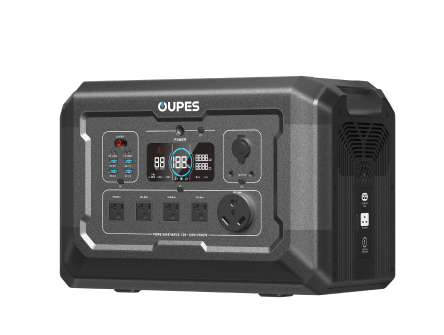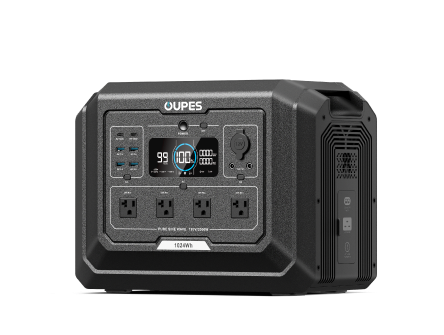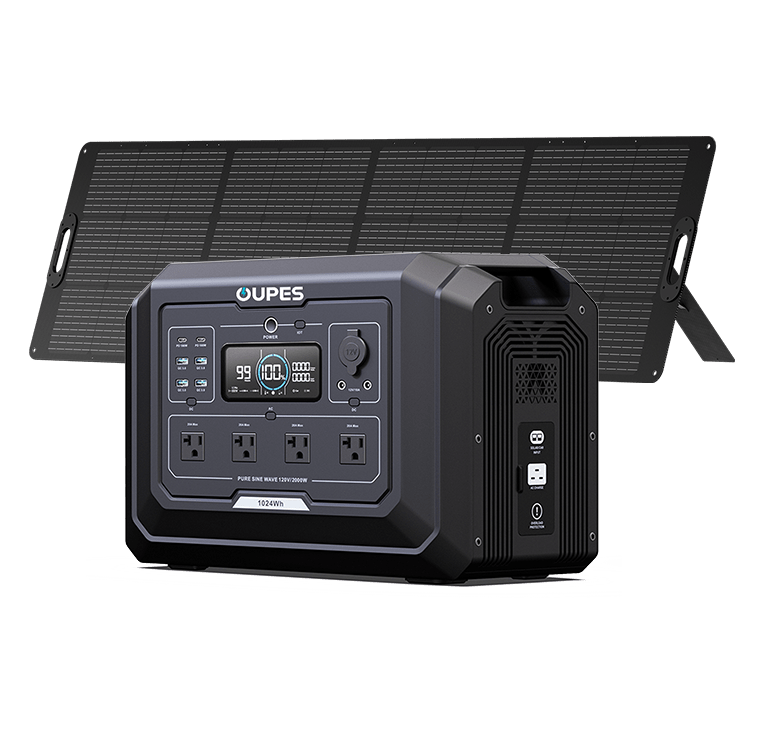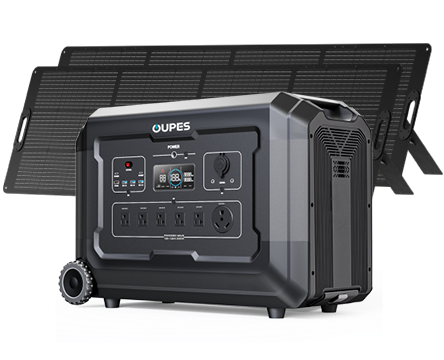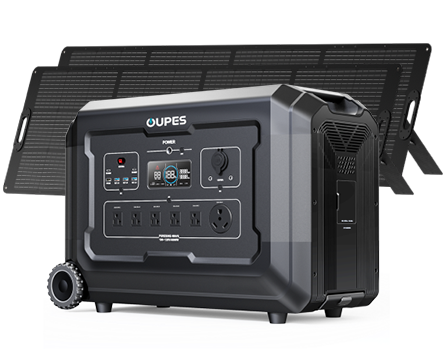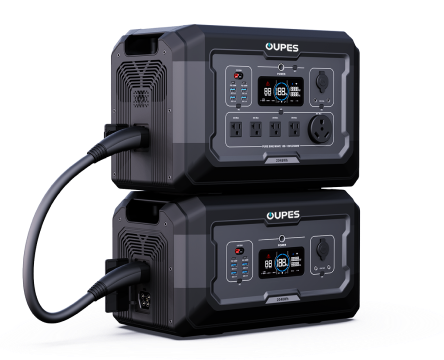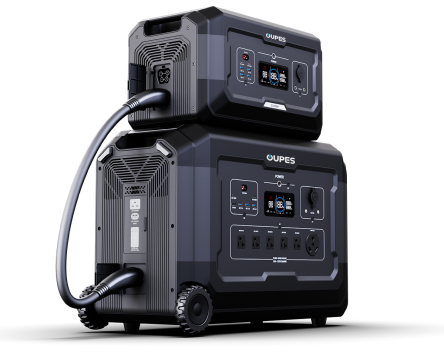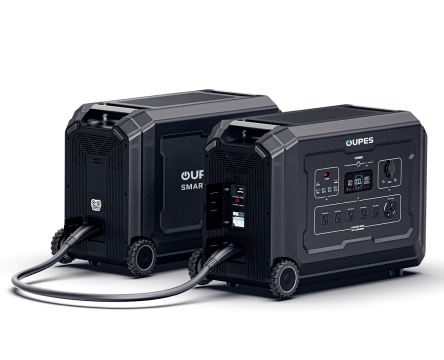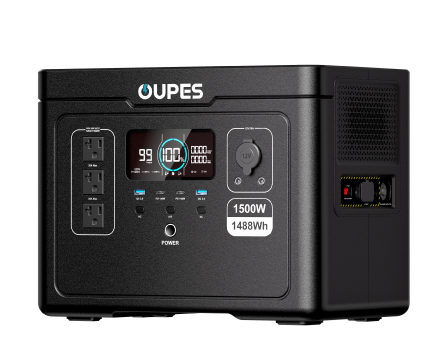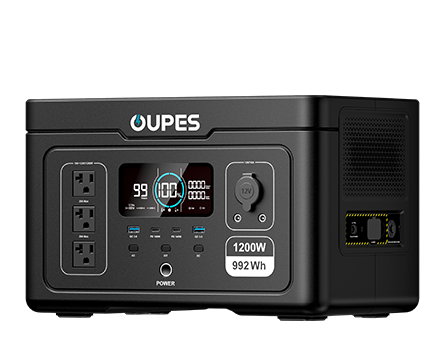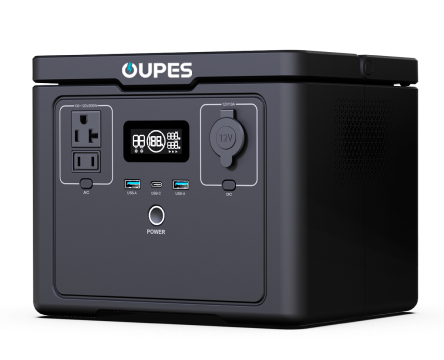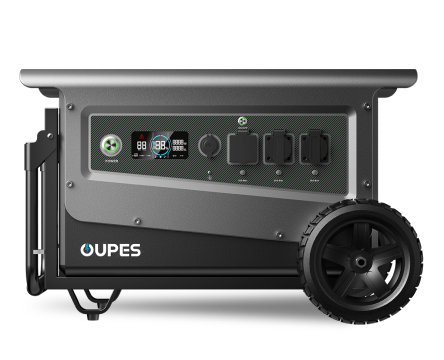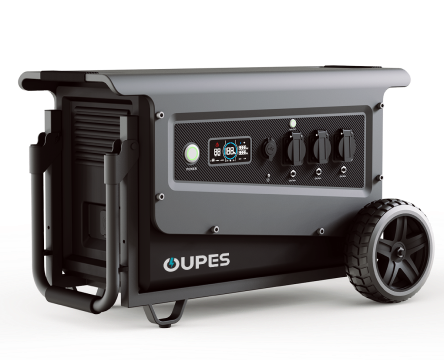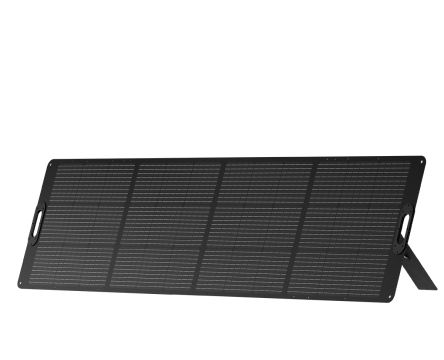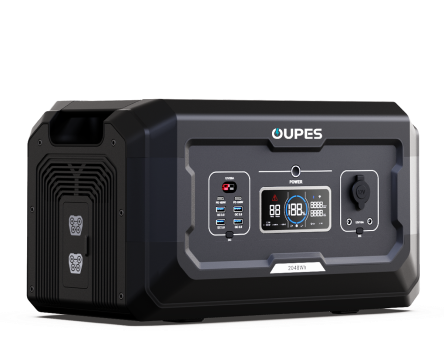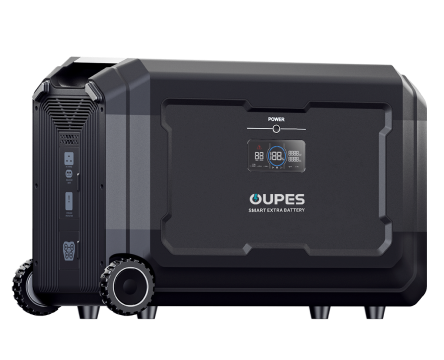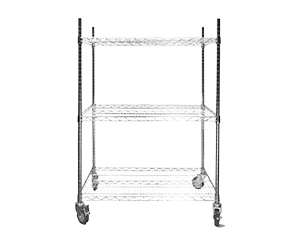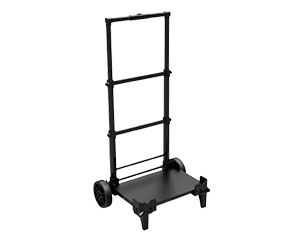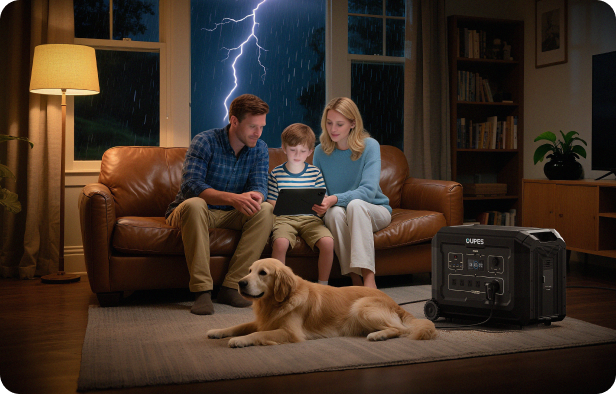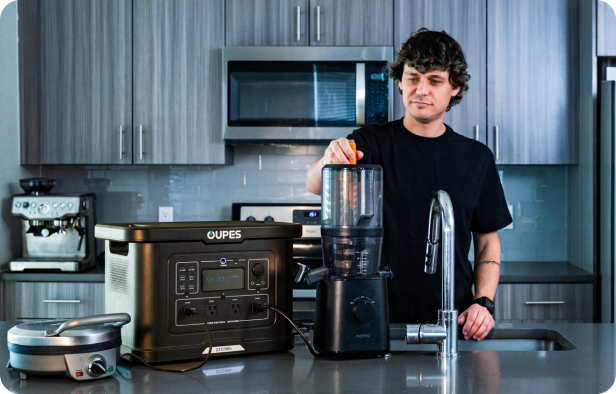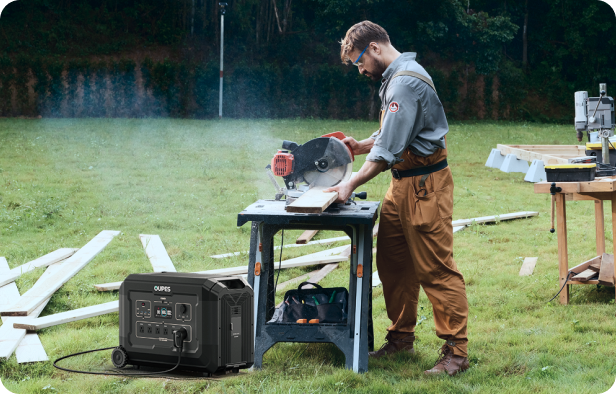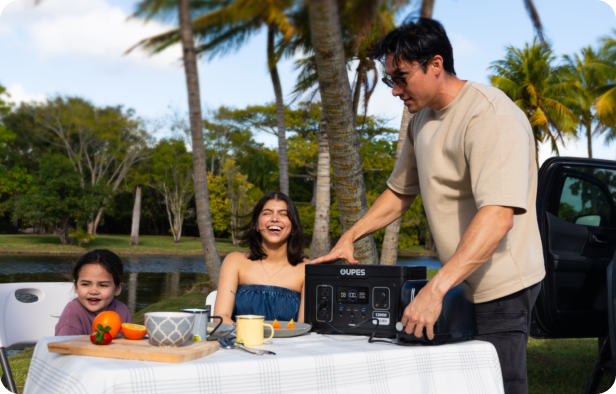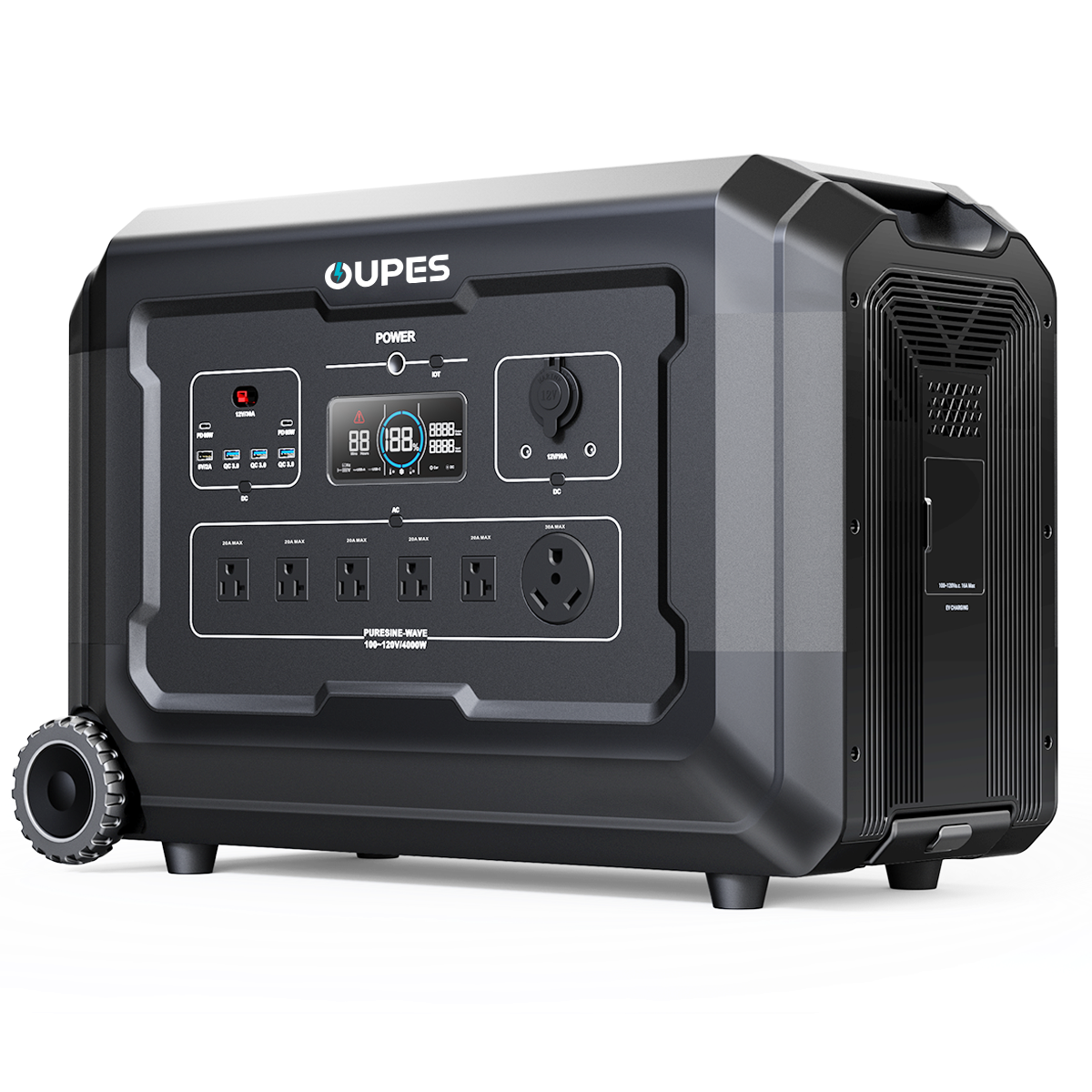
Portable power stations have become essential tools for outdoor enthusiasts, frequent travelers, and anyone looking for a backup power source. Whether you're camping, living off-grid, or preparing for an emergency, choosing the right size portable power station can make all the difference in ensuring you have access to the power you need. But with so many options on the market, how do you determine the right size for your specific needs?
This article will guide you through the key factors to consider when selecting the right size portable power station. From understanding your power consumption to assessing your portability requirements, we'll break down everything you need to know to make an informed decision. Whether you're powering small electronics or more demanding devices, we’ll help you choose the right unit that fits your lifestyle.
Understanding Power Requirements
The first step in determining the right size portable power station is understanding your power needs. Portable power stations are designed to supply power to various devices, and each device has a specific power requirement. Before choosing a power station, you need to know how much power each device requires and how long you’ll need to power them.
Identifying Power Consumption: Power consumption is usually measured in watts (W). For example, a laptop might consume 50-100W, while a small fridge could use around 100-200W. To determine your total power consumption, you’ll need to make a list of the devices you intend to power, including their wattage, and estimate how long you’ll need to use them each day. For instance, if you want to power your laptop (100W) for 5 hours, it will consume 500Wh (Watt-hours) of energy.
Calculating Energy Usage: To calculate the total energy usage, multiply the device’s power requirement (in watts) by the number of hours you intend to use it. For example, a CPAP machine that uses 60W of power and runs for 8 hours will require 480Wh of energy. Similarly, for larger appliances, the power requirement will be higher. A typical 12V refrigerator might consume around 50W continuously, but if it runs for 24 hours, it could consume 1200Wh of energy.
Once you have calculated your energy usage for all devices you want to power, you can determine the size of the portable power station you need. Power stations are rated in watt-hours (Wh), so it’s important to choose one with enough capacity to meet your needs without overloading the system.
Battery Capacity and Its Importance
Battery capacity is one of the most important factors in determining the right size portable power station. It is typically measured in watt-hours (Wh), which represents the amount of energy the power station can store and supply. The higher the watt-hour rating, the more energy it can store and the longer it can power devices.
Choosing the Right Battery Capacity: If you are primarily powering small devices like phones, tablets, and laptops, a portable power station with a lower capacity (around 500Wh) may suffice. However, for larger appliances or more energy-intensive devices, you’ll need a larger capacity. For example, if you are looking to power a small refrigerator or a CPAP machine for extended periods, you should consider a power station with a capacity between 1000Wh and 2000Wh.
Understanding Runtime: The battery capacity directly affects how long a power station can run your devices. For instance, a 1000Wh power station can run a device that consumes 100W for 10 hours. If you are using higher-wattage devices, you’ll need to adjust the size of the power station accordingly. Keep in mind that running devices continuously at full power will drain the battery faster, so always factor in some buffer for battery drain.
The OUPES Mega 1 (2000W, 1024Wh) is a great option for users who need a mid-sized power station. It’s suitable for powering devices such as laptops, phones, and smaller appliances. If you need longer runtime for more power-hungry devices, consider the OUPES Mega 2 (2500W, 2048Wh), which provides a larger battery capacity to power more demanding devices.
Portability and Size Considerations
Portability is an important factor in choosing the right size portable power station. The larger the battery capacity, the heavier the power station will be. While larger capacity units can provide longer runtimes, they may be less convenient for on-the-go use, especially if you're backpacking, camping, or traveling with limited space. Understanding your specific portability needs will help you choose the right balance between power and weight.
Compact vs. High Capacity: If portability is your priority, you might want to choose a smaller, lighter power station with a lower battery capacity, such as the OUPES Exodus 600 (600W, 256Wh). This model is compact, lightweight, and easy to carry, making it ideal for short trips, outdoor activities, and light usage. However, it may not provide enough power for high-demand devices over extended periods.
If you are planning to use the power station for longer trips or to power several devices at once, you’ll need to consider the trade-off between portability and capacity. Larger power stations like the OUPES Mega 3 (3600W, 3072Wh) are better suited for users who need more power and can manage the additional weight and size.
Charging Options and Flexibility
Charging options are another important factor in determining the right size portable power station. Most portable power stations come with multiple charging ports, including AC outlets, DC ports, USB ports, and even car charging capabilities. Some models are also compatible with solar panels, which adds an extra level of convenience if you plan to use the power station in off-grid situations.
AC and DC Outputs: The OUPES power stations, such as the Mega 2 and Mega 3, offer a wide range of output options, including AC and DC outputs, which are ideal for powering both small devices like phones and laptops and larger devices like refrigerators or electric grills. When choosing a power station, consider whether you need an AC inverter or if your devices can run on DC power.
Solar Charging Compatibility: For those planning to use their portable power station for outdoor activities or off-grid adventures, solar charging compatibility is a valuable feature. Many OUPES power stations, including the Mega series, are compatible with solar panels, allowing you to recharge your power station without needing access to an electrical outlet. If you’re looking for an eco-friendly, self-sustaining option, choose a power station with solar charging capabilities.
Choosing the Right OUPES Model for Your Needs
OUPES offers a wide range of portable power stations to suit different needs. Whether you’re looking for a compact, lightweight option or a larger, high-capacity power station, OUPES has you covered. The key is to assess your power requirements and determine which model provides the best balance of capacity, portability, and features.
The OUPES Exodus 600 Plus (600W, 512Wh) is ideal for short trips and smaller power demands. On the other hand, if you need to power larger appliances or run your devices for longer periods, the OUPES Mega 2 (2500W, 2048Wh) or OUPES Mega 3 (3600W, 3072Wh) would be a better choice. These larger models offer more capacity and multiple charging options, making them suitable for extended use or multiple devices at once.
Conclusion
Choosing the right size portable power station requires understanding your power needs, assessing battery capacity, considering portability, and exploring charging options. By taking the time to evaluate your requirements and compare models, you can ensure that you select a power station that will meet your needs and provide reliable power in any situation.
Whether you're camping, traveling, or preparing for an emergency, having the right portable power station can provide peace of mind. OUPES offers a variety of power stations to suit different needs, ensuring you have the right tool to stay powered up, no matter where you are.

